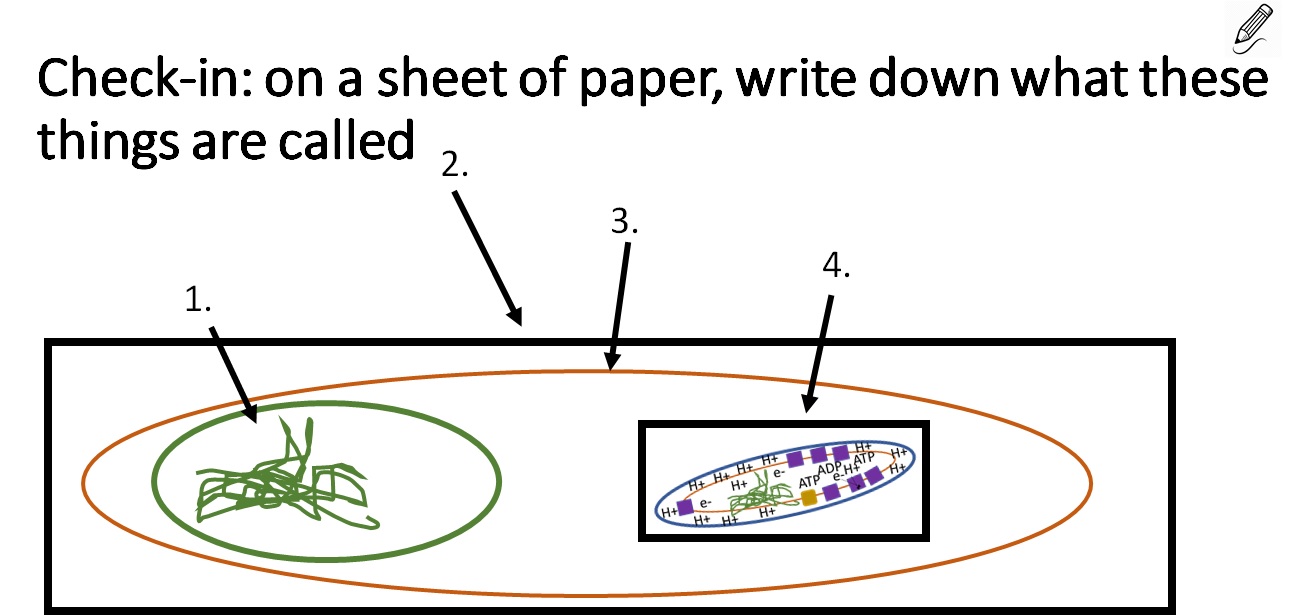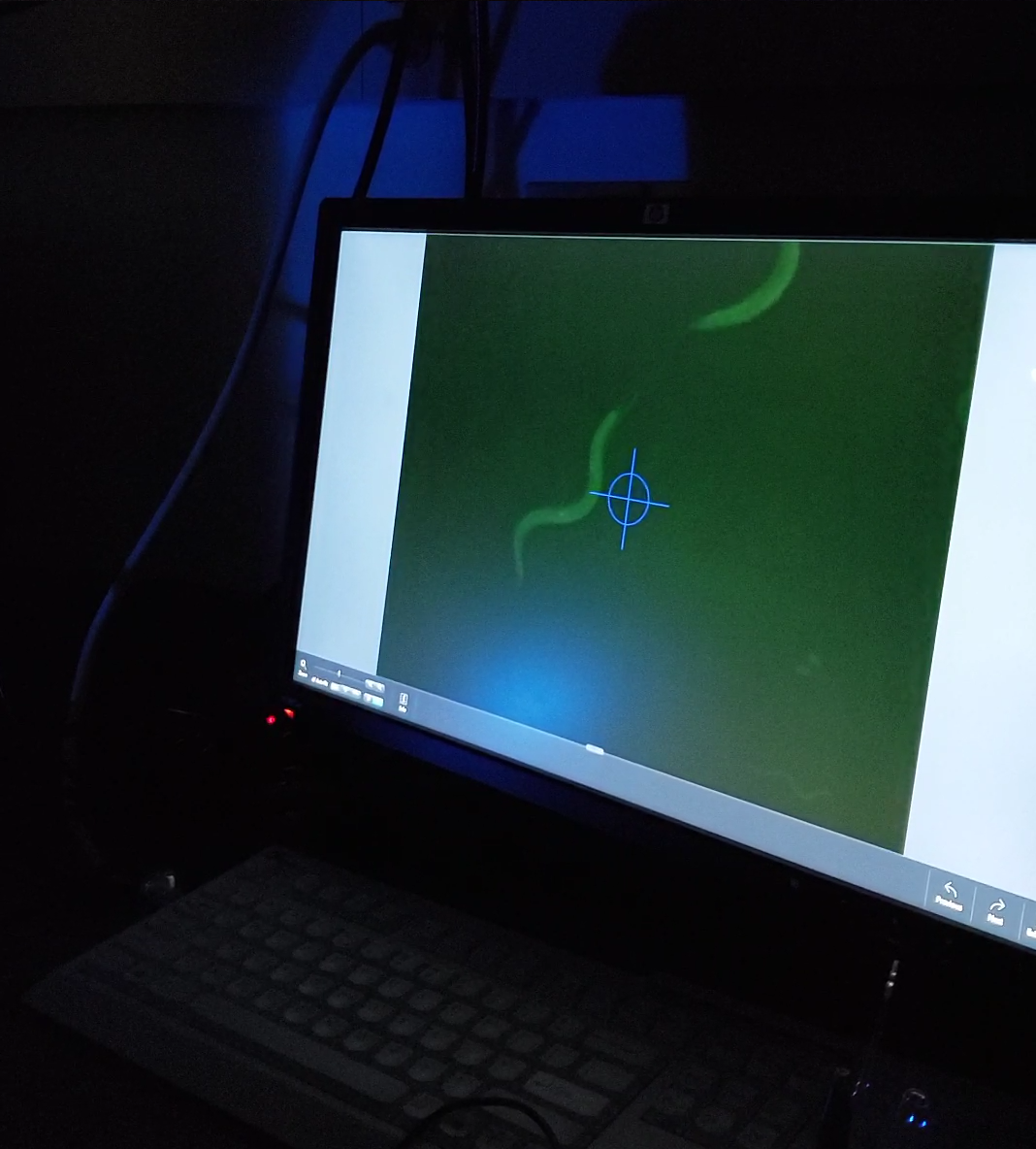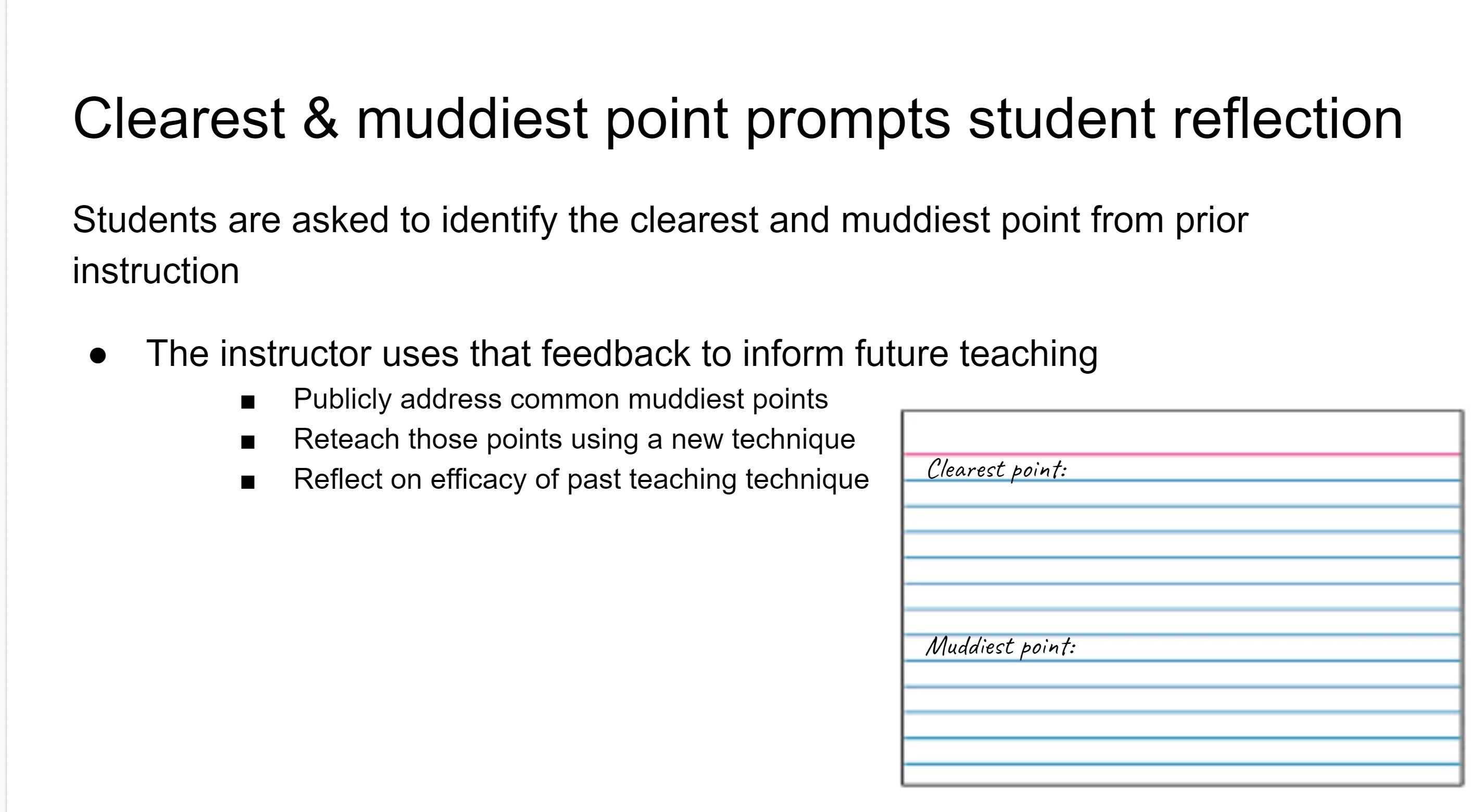Cait S. Kirby, PhD
I am a biologist with an interest in genetics, especially mitochondrial DNA and sex chromosomes.
I am an academic developer, learner, and teacher with interests in STEM identity, belonging, metacognition, and disability.
I promote inclusion in STEM and higher ed by facilitating belonging and creating accessible education resources.
TEACHING

Lecture slide featuring an active learning technique. I use small pictures in the top right-hand corner as indicators of the student's role on that slide. A pencil indicates that the student should write an answer on their own page.
Teach biology.
I take an active-learning approach to my teaching whenever possible. Evidence suggests that lecturing only benefits one type of student, while incorporating active-learning into the classroom benefits all students. Active learning methods especially benefit students who might otherwise struggle in the classroom.
SCIENCE COURSES TAUGHT
- Intro biology experiential lab - Vanderbilt University - SP 2017, SP 2018
- Guest lecture: Behavioral Genetics - Vanderbilt University - SP 2017, SP 2018
- Intro molec biology lab - Vanderbilt University - SP 2016
- Guest lecture - Biology for non-majors - Vanderbilt University - FA 2017
- IOR - Intro genetics laboratory - Smith College SP 2012, FA 2013
- During my undergraduate years, I taught in a kindergarten class, and I taught the same cohort of preschoolers for three years.
- During high school, I worked at a summer camp for toddlers.

This is a still from a video I co-created to promote using videos for teaching. There are two fluorescent C. elegans worms. The fluorescence is driven by the promoter of a stress-response gene. As the worm is stressed, the stress-response becomes activated, and the fluorescence occurs.
Teach labwork.
I am passionate about mentoring students and teaching the scientific method. Some students do not imagine that they can be scientists and simply need an opportunity to try it out. I encourage students to learn from mistakes and embrace failure in my experiental classroom. I develop laboratory materials and resources to make experimentation easier and clearer for new scientists. I also mentor undergraduate students in Maulik Patel's lab.
MENTORSHIP
- 2 undergraduate students - Smith College - 2014-2015
- 3 high school students - Smith College - 2012-2014
- High school student's experience in lab one summer

This is a slide demonstrating a classic classroom assessment technique (CAT) called clearest & muddiest point. Students are given a notecard at the beginning of class. They are instructed to write down concepts that were either very clear or very muddy from the lesson. This can be used at the beginning or end of a lesson, a section of material, a reading excerpt, etc. The options are limitless!
Teach teaching.
I am interested in how people learn, and I have pursued this interest since my undergraduate years. I have been fortunate to spend time learning with and from fantastic colleagues at Smith College, Vanderbilt University, and the University of Pennsylvania. I am bringing my years of experience and expertise to the new Williams College Center for Teaching.
EDUCATIONAL DEVELOPER EXPERIENCE
- Williams College - 2022-present - Associate Director - Design and Lead Workshops, Reading Groups, Events, TA Training
- University of Pennsylvania - 2021-2022 - Associate Director - Designed and Led Workshops, Course for Prospective STEM Faculty, TA Orientation, Mentorship Mini-course, Supervised Undergraduate and Graduate Students
- Vanderbilt University - 2018-2020 - Graduate Student - Design and Led Teaching Assistant Orientation, Workshops, Certificate in College Teaching in STEM
- Smith College - 2011-2015 - Undergraduate and Graduate Student - Designed Teaching Laboratory Exercise, Curriculum, Educational Resources